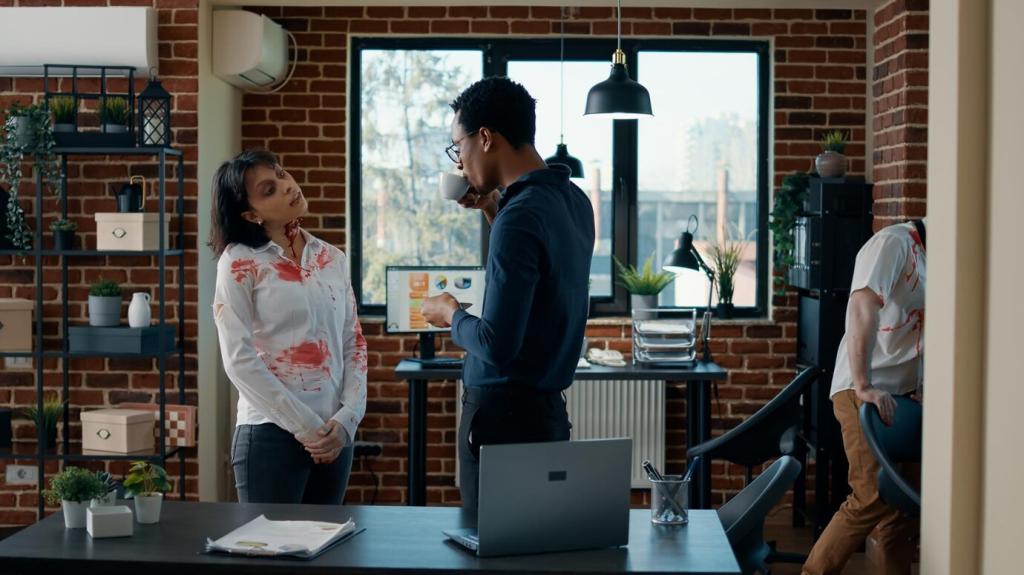How Minimalism in Workspace Design Boosts Efficiency and Focus

Previous slide
Next slide
A minimalist office begins with careful spatial planning, prioritizing open areas and efficient pathways. By intelligently arranging workstations and collaborative zones, the workspace avoids congestion and enables smooth movement throughout the day. Strategically positioned desks, accessible storage, and the removal of non-essential partitions ensure that every square foot serves a purposeful function. The result is an environment that feels spacious and intuitive, helping employees quickly locate resources or transition between tasks. This streamlined approach to layout helps prevent wasted time and frustration, reinforcing habits that drive efficiency and make every workday more productive.
Designing Minimalist Workspaces for Efficiency
Open Spaces, Open Minds
Open, uncluttered spaces catalyze more spontaneous interactions and foster a culture of inclusivity. When divides and barriers are minimized, team members find it easier to engage in quick discussions and share ideas freely. Minimalism removes obstacles—physical and psychological—that can stand in the way of genuine connection. The clear, functional design of shared areas such as breakout zones or meeting rooms provides the neutrality necessary for equitable discussions. In these open environments, employees feel more comfortable expressing themselves, collaborating on projects, and seeking feedback, driving innovation and teamwork.
Reduced Cognitive Barriers to Teamwork
Visual clutter and environmental chaos can act as unconscious barriers to collaboration. When every meeting room or communal area is filled with extraneous objects, the mind is subtly distracted, making it more challenging to listen, share, and synthesize information as a group. A minimalist space, on the other hand, sets a calm, focused tone for interaction. Group members are able to attend to each other and the task at hand without competing distractions, resulting in more constructive, creative, and solution-oriented teamwork. This clarity in the physical environment mirrors and amplifies the clarity within team communication itself.
Enhanced Use of Technology for Connection
Digital minimalism—a natural companion to minimalist physical design—further streamlines collaboration. In a minimalist workspace, technology is intentionally chosen, seamlessly integrated, and easily accessible. Unnecessary software or multiple platforms that clutter communication channels are eliminated, replaced with singular, unified systems that facilitate real-time sharing and project management. With clear digital interfaces and fewer interruptions, teams can problem-solve and innovate without noise or confusion. Technological harmony complements the physical order, ensuring that both in-person and remote collaborations are effortless and efficient.
Previous slide
Next slide

